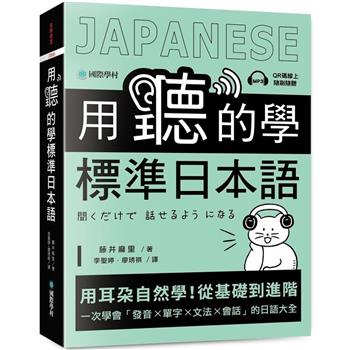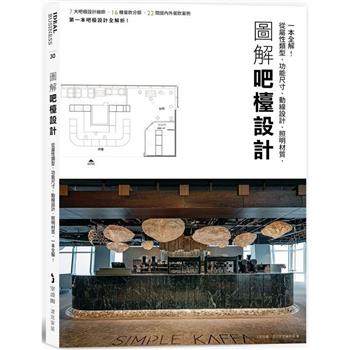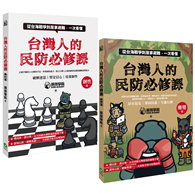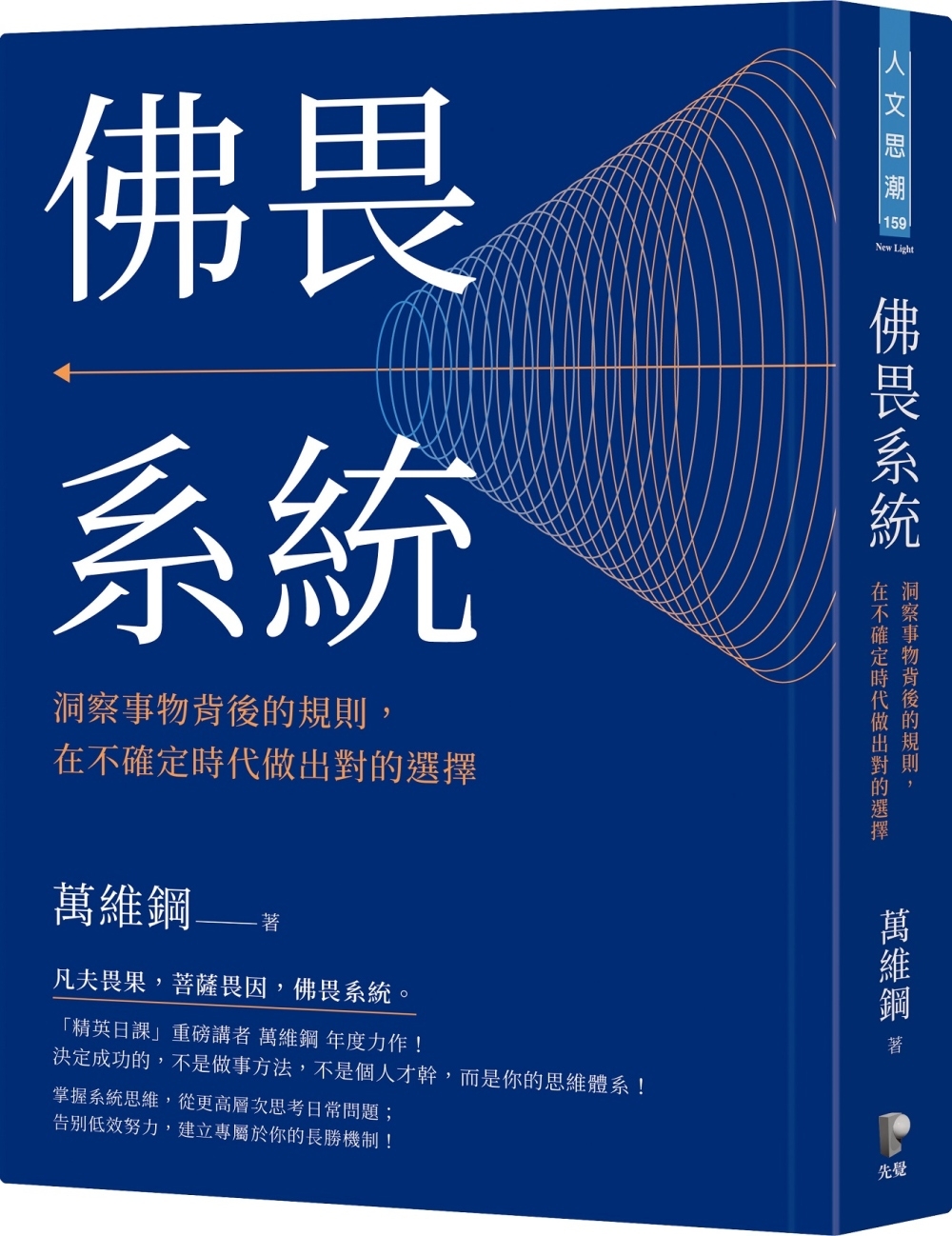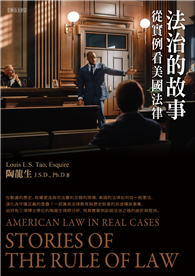The event known as the Cuban missile crisis, the greatest of all Cold War crises, is a milestone in the history of the Cold War. Some analysts even have concluded that what was called the Cold War ended in 1962 with the Cuban missile crisis. Yet there is perhaps no single event in recent history as puzzling as this one. There are many questions that still remain unanswered. Why did Khrushchev risk so much? What was his ultimate purpose? Why did he withdraw so fast? Why did he not retaliate at other sensitive points, like Berlin? Why did President Kennedy not seize the heaven-sent opportunity to get rid of Castro? Why did the Americans permit the shootdown of a U-2 plane over Cuba without taking retaliatory actions? Who shot down the U-2, and under what conditions did it happen? Why did Kennedy allow the Soviet ships to leave Cuba without boarding them, to physically verify that the canvas-covered objects on deck were actually missiles and their nuclear warheads on their way back to the U.S.S.R.? According to the author, the main questions of the crisis have eluded satisfactory answers, first, because most of the analysts who have studied it have neglected the true Cuban role in the event, particularly the Russo-Cuban relations prior to the crisis; secondly, because a set of preconceived notions --like the one that assumes that Khrushchev was full of love for Castro-- have acted as a smoke screen, blurring the whole picture; and, finally, because the fundamental question about the crisis, namely, why Khrushchev installed strategic nuclear missiles in Cuba, has been erroneously formulated. Consequently, it has been impossible to find the right answer to a question, when the question itself is wrong.
| FindBook |
有 1 項符合
The Nuclear Deception: Nikita Khrushchev and the Cuban Missile Crisis的圖書 |
 |
The Nuclear Deception: Nikita Khrushchev and the Cuban Missile Crisis 作者:Gonzalez 出版社:Spooks Books 出版日期:2002-10-22 語言:英文 規格:平裝 / 432頁 / 23.1 x 15.2 x 2.8 cm / 普通級 |
| 圖書館借閱 |
| 國家圖書館 | 全國圖書書目資訊網 | 國立公共資訊圖書館 | 電子書服務平台 | MetaCat 跨館整合查詢 |
| 臺北市立圖書館 | 新北市立圖書館 | 基隆市公共圖書館 | 桃園市立圖書館 | 新竹縣公共圖書館 |
| 苗栗縣立圖書館 | 臺中市立圖書館 | 彰化縣公共圖書館 | 南投縣文化局 | 雲林縣公共圖書館 |
| 嘉義縣圖書館 | 臺南市立圖書館 | 高雄市立圖書館 | 屏東縣公共圖書館 | 宜蘭縣公共圖書館 |
| 花蓮縣文化局 | 臺東縣文化處 |
|
|
圖書介紹 - 資料來源:博客來 評分:
圖書名稱:The Nuclear Deception: Nikita Khrushchev and the Cuban Missile Crisis
|
